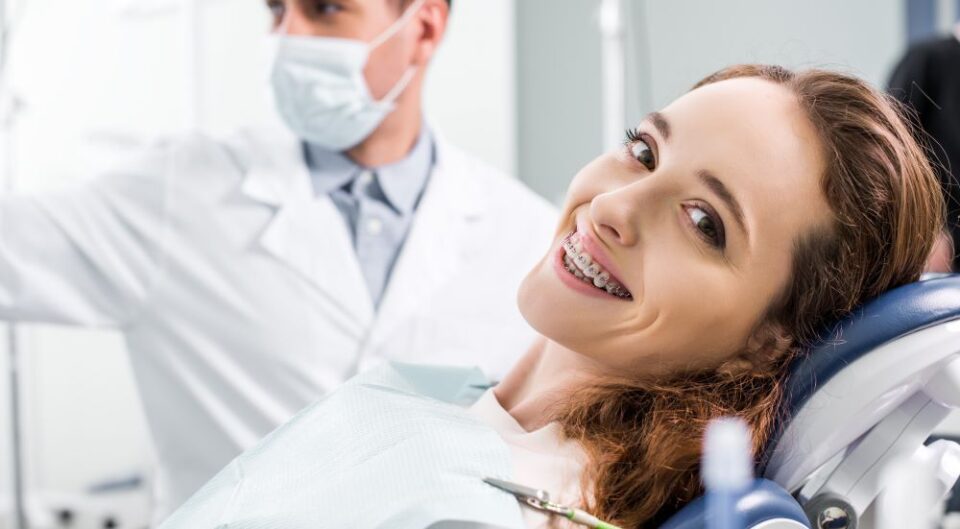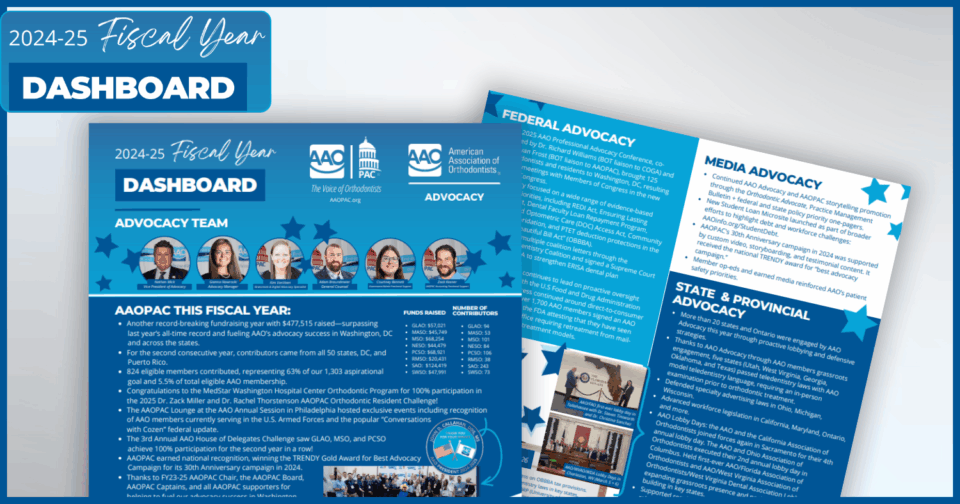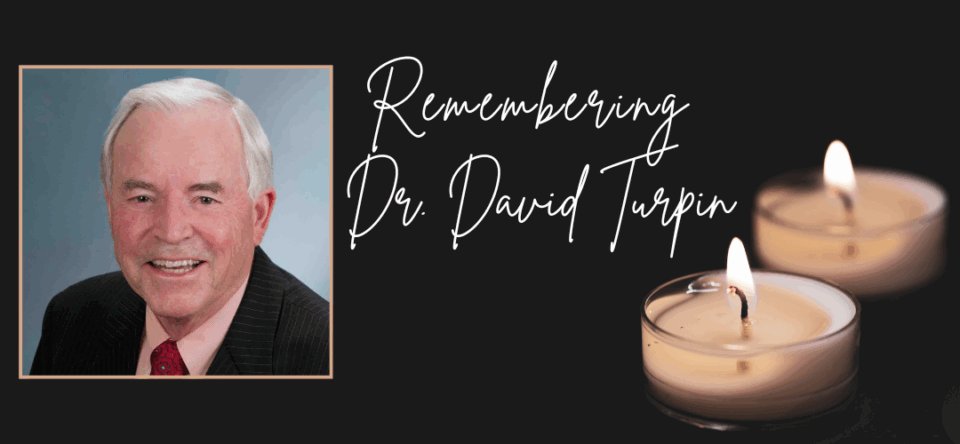Every two years, the AAO Economics of Orthodontics and Patient Census survey requests information from practicing members in the United States and Canada regarding changes in their practices. Earlier this year, members responded to the 2019 survey, providing data from 2018 about their practices and their patients that included:
- From January 1 to December 31, 2018, the average number of new patient exams per survey respondent was 463 – the highest number on record and a 14.8% increase over 2016, when the average was 431.
- The average adult patient count per member (178) in the United States was up 7% from 2016 (166) – an all-time high. Based on the number of practicing U.S. members at the time of the survey, there are now an estimated 1.61 million adults in treatment in the United States, up from 1.55 million in 2016.
Other key takeaways from the survey results include:
Social Media Marketing is Replacing Traditional Methods, Especially for Younger Members
- Referrals from general dentists or specialists declined from 46% to 41% while referrals from patients also declined from 39% to 35%.
- Respondents under the age of 45 are less likely to receive patient referrals (30%) than those age 45 or above (39%).
- Social media marketing was the top method for communicating with prospective patients, with 59% of respondents reporting using it for marketing. The next most popular method of communicating with prospective patients is personal phone calls (47%).
Free AAO Resources Available to Help Members Market Their Practices
- AAO social media campaigns like the “That Feeling When . . .” series, are seen by millions online and drive many to the AAO website. AAO content includes blog articles, social media images and social media posts that are designed to be engaging to today’s consumer and to provide a source of easily shareable content for members – as discussed by Drs. Courtney Dunn and Chris Edwards and outlined in the newly updated AAO Social Media Guide.
- Two upcoming, free Business of Orthodontics webinars are now open for registration:
- “The Consumer Conversion Waterfall – Maximizing Profitability Using Business Intelligence,” by Ryan Moynihan. (October 15, 2019, starting at 7:30 pm Central).
- “Disrupt the Disrupters: How to Capitalize on Big Brand Consumer Marketing for Your Own Practice Growth,” by Dr. Leon Klempner. (December 10, 2019, starting at 7:30 pm Central.)
- Free Online Business of Orthodontics Lectures also address marketing topics:
- “Building an Elite Office with Facebook Marketing,” by Dr. Neal Kravitz.
- “The Top 10 Systems That Grow the Practice Today,” by Char Eash.
An Estimated 49,000 Exams Resulted from the AAO “Find an Orthodontist” Locator
Based on the number of starts reported and the percent of patients who were found by using the AAO’s “Find an Orthodontist” feature, an estimated total of 49,000 patients were examined by U.S. members and 32,000 patients started treatment with an AAO member after locating their orthodontist using the AAO’s “Find an Orthodontist” locator. *
Prospective patients are driven to the AAO website, where they access Find an Orthodontist, by digital ads placed by the AAO Consumer Awareness Program (CAP).
Percentages of Adult and Male Orthodontic Patients Increase
- The percentage of adult and male patients in respondent practices each rose significantly with 33% of all patients being adults and 47% of patients of all ages being male.
AAO Resources for Members Interested in Adult Patients
- Anterior open bite in adult patients (as well as adolescents and children) will be a focus of the 2020 AAO Winter Conference, February 7-9 in Austin, Texas.
- AAO Adult Guide to Orthodontics, is available via the consumer website;
- Online Lectures address adult patient clinical topics:
- “Complex Space Closure of Missing Teeth with TADs / Simplified Mechanics for Challenging Adult Cases” by Drs. Chris Chang and Jorge Faber. ($30 pay-per-view; free with a $100 annual subscription to Online Lectures)
- “The Aging Face” by Dr. David Sarver. ($30 pay-per-view; free with a $100 annual subscription to Online Lectures)
- “Complex Space Closure of Missing Teeth with TADs / Simplified Mechanics for Challenging Adult Cases” by Drs. Chris Chang and Jorge Faber. ($30 pay-per-view; free with a $100 annual subscription to Online Lectures)
Practice Modalities and Roles Continue to Shift
- The percentage of orthodontist-owned single/group practices continued to decline (to 80%, from 91% in 2014 and 84% in 2016).
- Respondents practicing in Corporate Dental Practice/Dental Service Organizations (DSOs) were up to 6% (compared to 4% in 2016).
- Respondents under the age of 35 (14%) and age 35-44 (10%) were much more likely to be part of a Corporate Dental Practice than members age 45 and above (3%).
- Respondents under the age of 35 were also much more likely to be practicing in an Orthodontist Owned Group Practice (43%) than those age 35 or above (15%).
- 36% of respondents under age 35 reported being an associate.
AAO Resources for Members Interested in Exploring Orthodontic Career Paths
- AAO Career Center guides: practice modalities comparison and checklist
- Two Free Online Business of Orthodontics lectures are available
- Compensation Models During Career Transition: Associates, Buyers & Sellers, by Doug Copple, CV
- Partnerships: Exploring One of Dentistry’s Fastest Growing Trends, by Jonathan Martin, CPA
* The economics survey asked what percentage of new patient examinations came from the AAO’s Find an Orthodontist service. The average percent was 1.2% of examinations. We also asked for the average number of exams per doctor, which was 463. The estimate of total exams and patient starts initiated via the Find and Orthodontist service was prepared by extrapolating the 463 exams times the number of U.S. practicing members (9,048), equaling just under 4.2 million exams across all U.S. members. If 1.2% of those examinations were driven by the AAO’s Find an Orthodontist service, that means that 49,000 exams were generated by the service. Applying the same logic to the 299 reported average starts per member and/or applying the conversion rate of exams to starts (65%), the 49,000 exams would have generated 32,000 starts.



